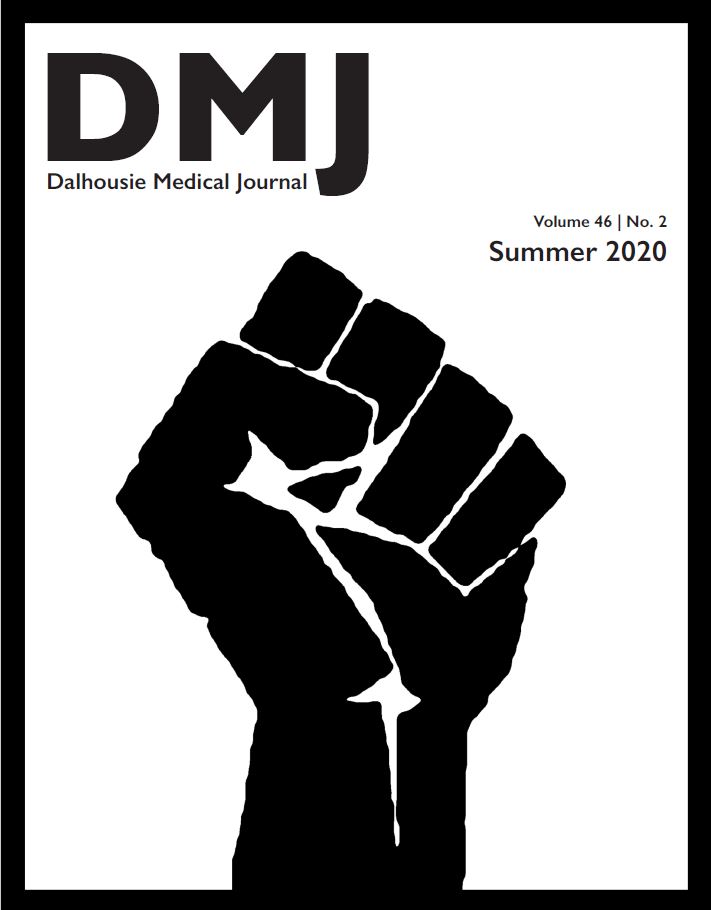The impact of preoperative anemia on red blood cell transfusion in primary and revision hip arthroplasty: A retrospective analysis
DOI:
https://doi.org/10.15273/dmj.Vol46No2.10143Abstract
Rationale: Lower extremity joint arthroplasty can lead to significant blood loss, and the need for blood transfusion. The use of blood products is associated with a variety of adverse outcomes including infection, circulatory overload, and transfusion reaction. Objectives: The objective of this quality improvement study is to identify the prevalence of preoperative anemia at our institution, and elucidate its impact on perioperative transfusion in elective patients undergoing primary or revision hip arthroplasty. Methods: Data for this study was collected from four databases at our institution. Elective patients undergoing primary or revision hip arthroplasty were selected. Transfusion was defined as the receipt of a red blood cell transfusion on the surgical day through to postoperative day five. The primary outcome was the effect of preoperative anemia on transfusion rates. Results: The overall transfusion rate was 7.6%. Transfusion rates for primary and revision arthroplasty were 5.8% and 18.7% respectively. Patients with a preoperative hemoglobin between 100 and 120 g/L were 4.5 times more likely to be transfused than those with a hemoglobin between 121 and 140 g/L, and 15.4 times more likely than those greater than 140 g/L. Preoperative anemia was common, with 11.5% of all patients having a preoperative hemoglobin of 120 g/L or less. Conclusion: Preoperative anemia was common and was significantly associated with higher transfusion rates. These findings reinforce the need to optimize hip arthroplasty patients prior to surgery, where possible. As a quality control study, these findings may help direct policy regarding the deferral of elective hip arthroplasty patients who are anemic preoperatively.
Downloads
Published
How to Cite
Issue
Section
License
Authors who publish with this journal agree to the following terms:
- Authors retain copyright and grant the journal right of first publication with the work simultaneously licensed under a Creative Commons Attribution License that allows others to share the work with an acknowledgement of the work's authorship and initial publication in this journal.
- Authors are able to enter into separate, additional contractual arrangements for the non-exclusive distribution of the journal's published version of the work (e.g., post it to an institutional repository or publish it in a book), with an acknowledgement of its initial publication in this journal.
- Authors are permitted and encouraged to post their work online (e.g., in institutional repositories or on their website) prior to and during the submission process, as it can lead to productive exchanges, as well as earlier and greater citation of published work (See The Effect of Open Access).


